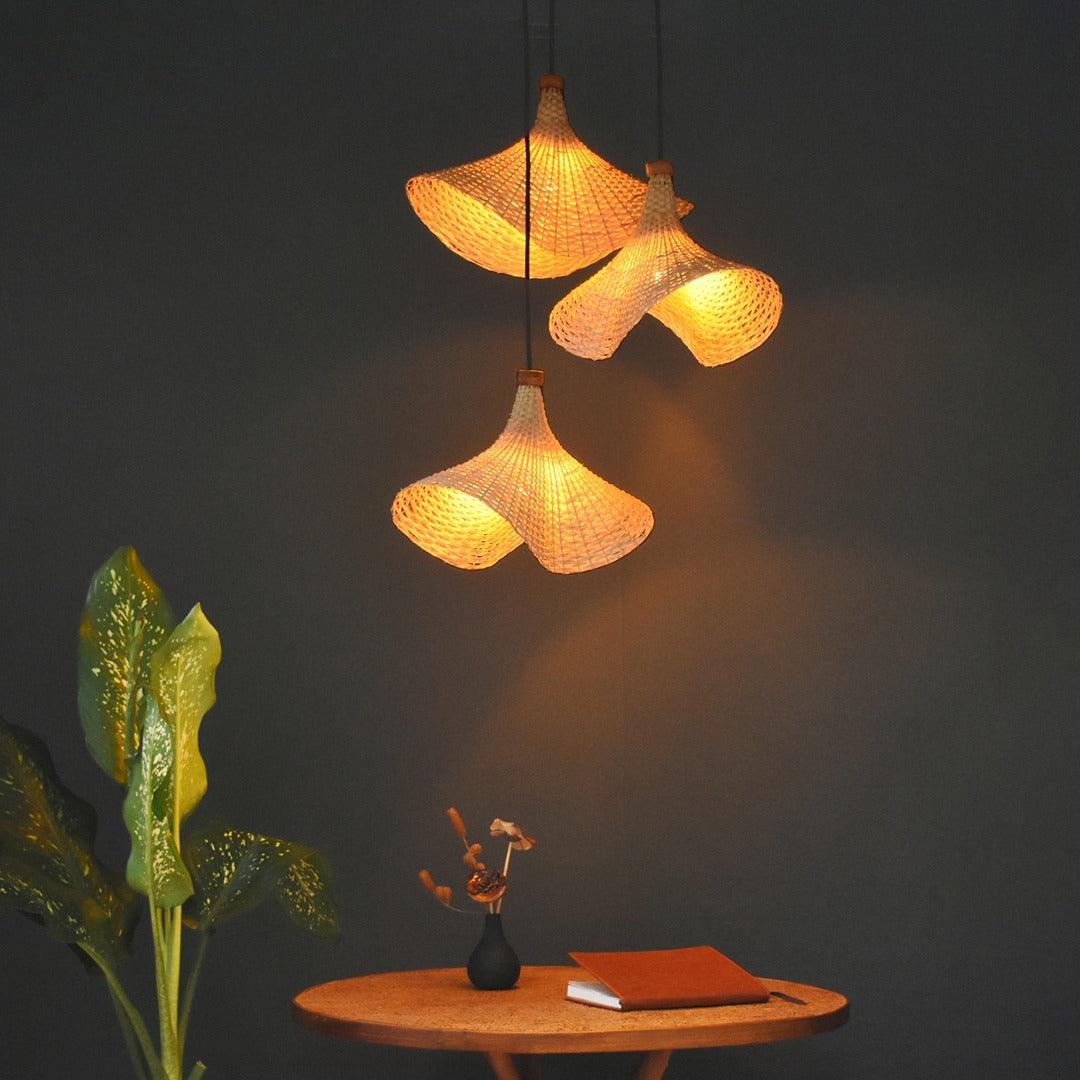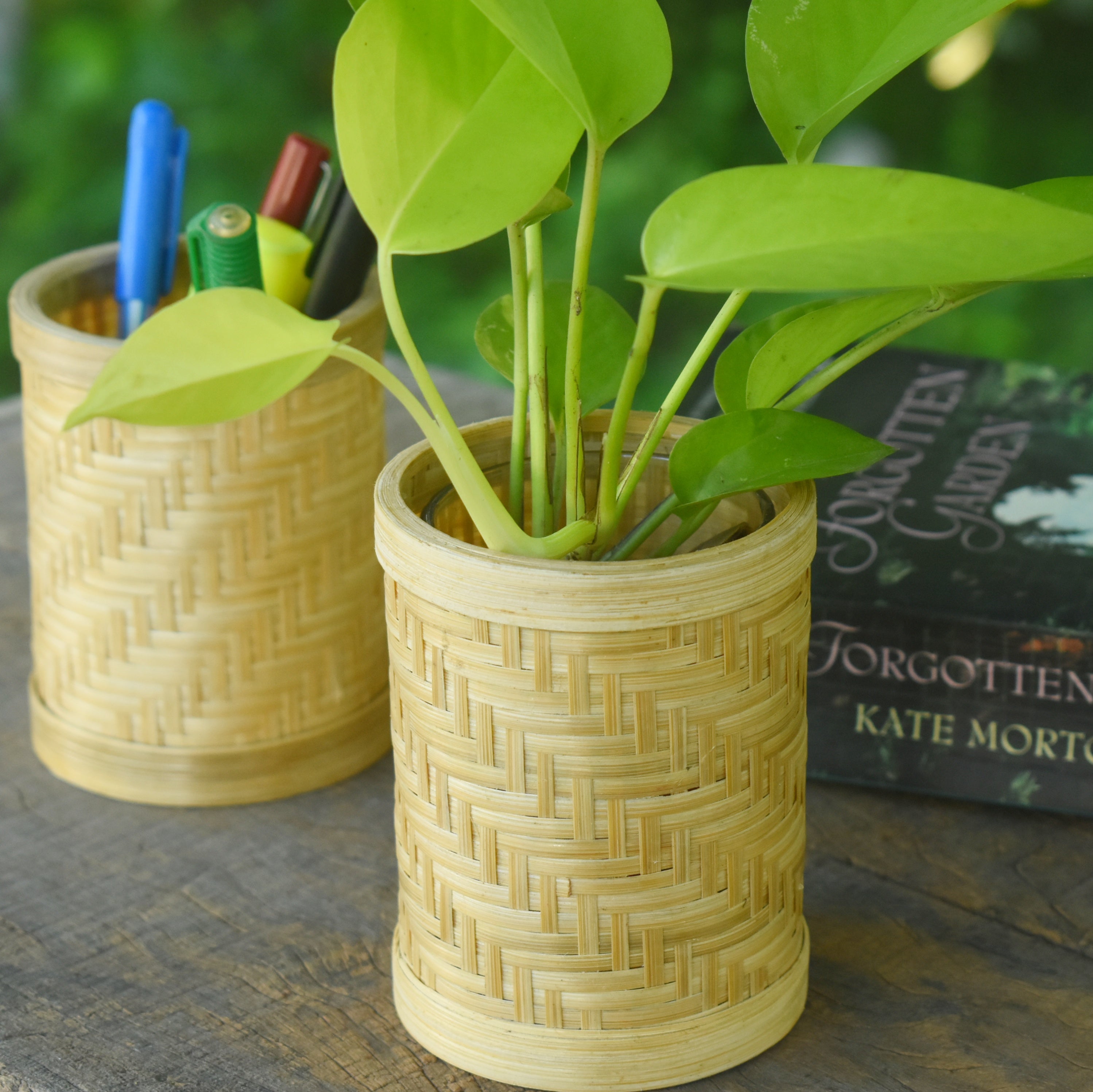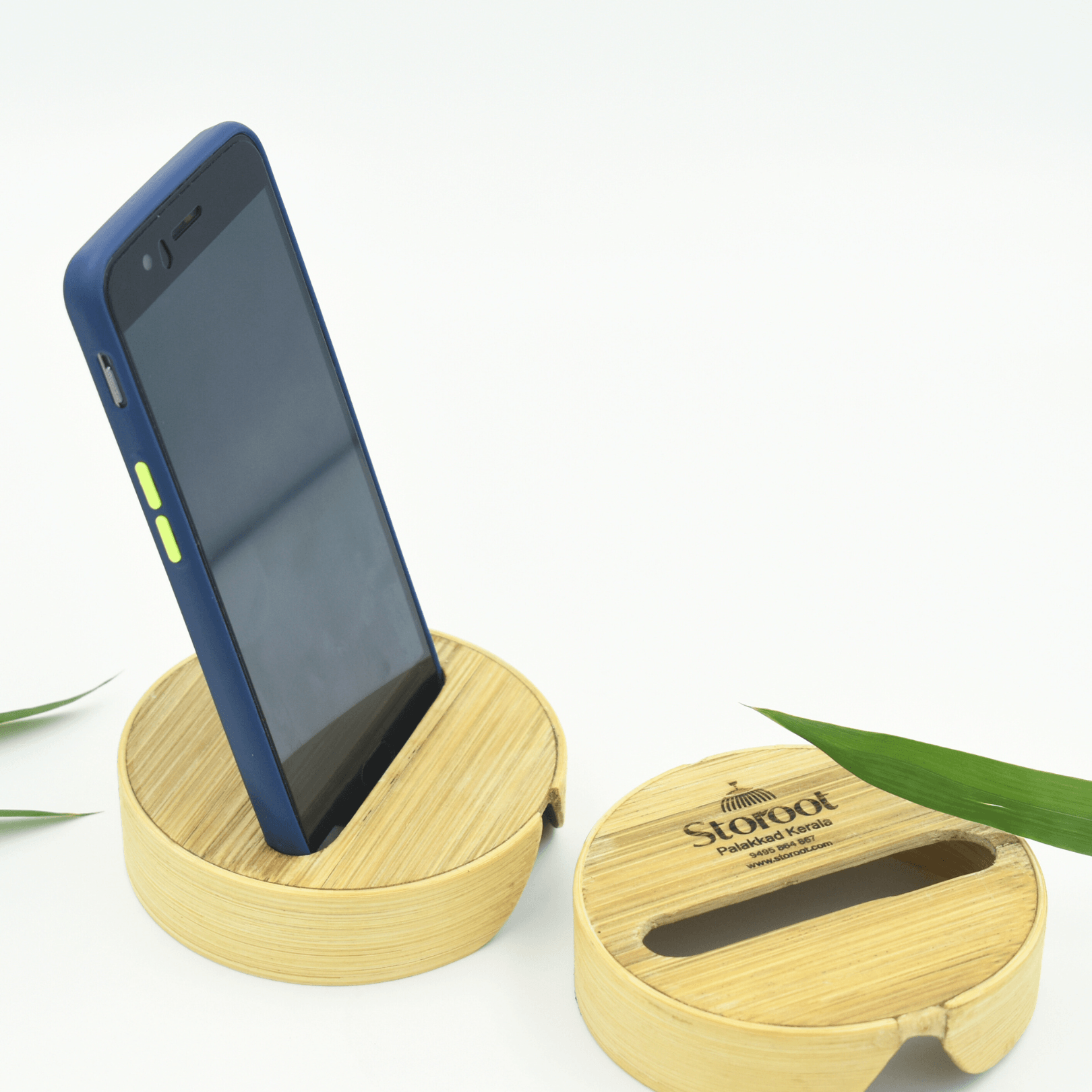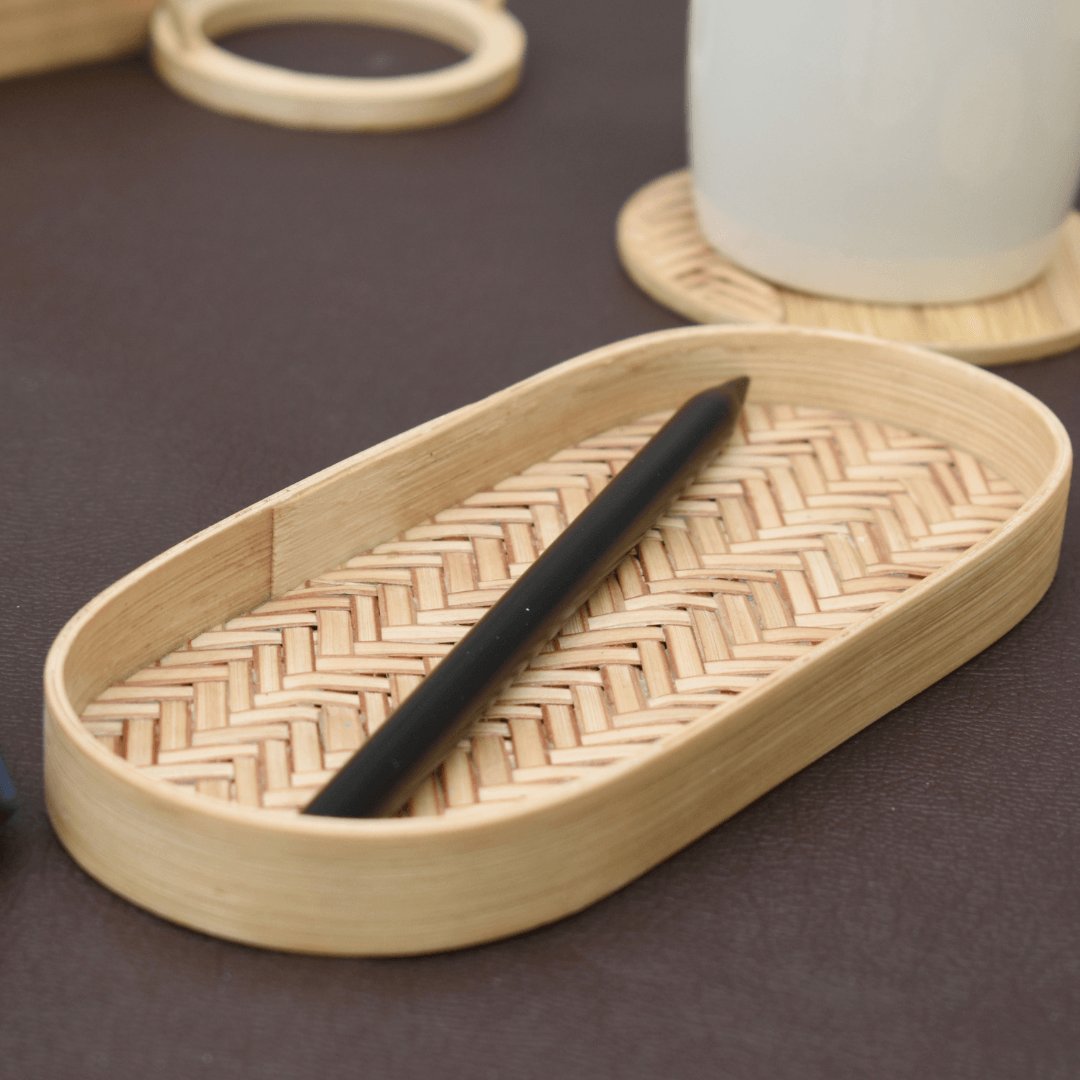The biggest mistake individuals make when decorating or building their home
Have you ever found yourself thinking - "I'm unsure about what are the things i can do for decorating or build my home. If yes - This is the right place for you.
Let's start.......
About two years ago, when I visited my relative's home, I was struck by the feeling of natural and modern beauty—specifically cleanliness, calmness, fresh air, and warm textures, along with some indoor plants.
In their home, they achieved a sense of natural and modern beauty through large windows, with indoor plants placed on the windowsill and in the corners of the room, as well as a matte finish on the floors and walls, and bamboo hanging light fixtures. I loved it!
I asked them how I could design something similar. They gave me brief advice on the Power of Design: Transforming Spaces — that i have included in this article. They said the biggest mistake individuals make when building or decorating their homes is copying an entire design exactly; that is nonsense.
Table of contents. (Not perfectly accurate)
- Understanding the Basics
- The Importance of Architectural Style
- Creating a Harmonious Space
- Knowing key elements of our design
- The Enchantment of Natural Materials
- A design concept that transforms your whole interior
- Sustainable Choices for a Greener Home
- Conclusion
Understanding the Basics
So, you want your home to feel more modern and luxurious. In this story, we'll explore how to select the right pieces of interior and exterior design for your home that enhance natural beauty, aesthetics, and Eco-friendliness! Of course, we love aesthetically designed homes, and we can delve deeper into designing at first.
What are the methods you can use to establish your personal style for your living space?
To begin with, you need to understand what you want your home to be; this involves establishing your personal style. It's important because everyone has a different perspective. Now listen, let's dream about your home and then start writing it down...
Factors to keep in mind when establishing your unique style for your home:
- Recognize your preferences
- Think about how you utilize your space
- Think about the modifications you can implement and what constraints you might face at this time
- Seek inspiration; focus on every element individually rather than the entire design
- Personalize your space through artwork, plants, or personal mementos.
You currently possess a few points. Maintain these points throughout this piece.
By following these steps, you can define your personal interior and exterior design style and create a space that showcases your personality. Let's proceed to set the foundation for your style.
One quick reminder: when you are designing, you must consider the regional context because it gives a sense of where we are. I think you should write down your personal design style. Although the physical context of the space influences the color palette and material palette, the best designs respect and reflect their context. This is noted by Noah Daniel a famous youtuber and interior & spatial designer.
It means if your house is in a coastal region, you should design it as if it's a tropical beach house. Another example: if you are in a sandy place, the design should fit its physical context.
Next, we’re going to set the foundation for your personal design style.
The Importance of Architectural Style
We all know that architectural design is the most essential part of a house. If you don't do it, it's only a structure. There are many elements that contribute what you want for your home to be; some of them are exterior design, materials, color, furnishings, lighting, etc. But the most important thing is architectural design.One can find plenty of architectural styles out there, and that is where you might feel stuck. When you Google it, you can see endless interior and exterior design styles out there. I know you're overwhelmed in those situations. But Noah Daniel categorized different design styles for looking for inspiration.
-
Regional Styles: These are styles influenced by specific geographic regions, such as coastal or desert, as well as culture-specific styles like Japanese minimalism or Scandinavian design.
 eg: photo: @desert_home_photography
eg: photo: @desert_home_photography
-
Time Period-Specific Styles: These styles are associated with particular historical periods, such as Art Deco or Victorian.
 e.g: photo: @victorian.houses
e.g: photo: @victorian.houses
-
Vague Design: This category includes designs that lack clear inspiration or historical context, often relying on vague terms like "traditional" or "transitional and contemporary" without specifying the time period or region.
 e.g: photo: transitional - AI
e.g: photo: transitional - AI
-
Newly Invented Aesthetics: This design often blends elements from different periods or cultures, like "Japandi."
 e.g: photo: Japandi - AI
e.g: photo: Japandi - AI
- Design Concepts: This group encompasses broader design philosophies and principles. These are the general ideas about how to design things, such as modernism, minimalism, maximalism, and wabi-sabi.
 e.g: photo: @pinterest
e.g: photo: @pinterest
By picking the right exterior design from the above you have good clear picture what you want your exterior to be look like. Although it's not finished.. I'm not kidding. Next thing is creating harmonious space with your chosen exterior design.
Creating a Harmonious Space
We pick the right exterior design for your home, Next we want to transform the inside of our home into a harmonious space. that's the point where the Interior designing comes. Interior designing is how you can feel your home. It's transform your spaces into living environment that shows your unique personality and needs. It's how you craft a home that feels truly yours, a place where you can relax, recharge, and express yourself.
When thinking about interior design, the mistake people often make is seeing anything from the internet and trying to incorporate unmatched interior and exterior designs into their own space. This will ruin your rhythm.
There are certain connections between your interior design and exterior design, which include:
- Structural Elements—Like windows, doors, ceilings, and staircases, etc. These structural features establish the physical connection between a building's internal and external spaces. These influence the flow of individuals, light, and air, and improve the overall architectural character of the structure.
- Spatial character-Refers to the dimensions and shape of spaces. Spatial character relates to the scale, proportions, and arrangement of areas, both interior and exterior, thus it influencing the overall flow and experience within a structure.
- Material Palette-Basically the selection of materials used when you construct our home. That connects our interior and exterior by creating a United and appealing look through both balance and contrast.
Knowing key elements of our design
There are many architectural styles out there , but I will take minimalist design as an example for adding final touches . This will help you to understand how to select the right ornaments for your home . Without further do, let's get into that.
Firstly , you need to understand the principles of your interior and exterior design. In my case , I want to explore the principles of minimalist architectural design.
These are the principles of Minimalist Design architecture:
- Simplicity - Keep it simple, useful, clean, and organized.
- Neutral Colors - Try to use a neutral color palette with the shades of white, beige, gray, and black.
- Functional Furniture - Choose furniture that serves a purpose and has a simple design. Multi-functional pieces are ideal.
- Open Space - Avoid overcrowding rooms with furniture.
- Natural Light - Use large windows and minimal window treatments to maximize natural light.
- High-Quality Materials - Focus on using original materials, not duplicates.
- Texture and Contrast - Use texture and contrast to add the interest and depth without cluttering your space.
- Minimal Decor - Use a few well-chosen decor pieces, such as plants, artwork, and eco-friendly lighting fixtures, to add the personality without overwhelming the space.
- Calm and Peaceful Environment - Create a calming atmosphere through thoughtful design and placement.
These are the principles of minimalist design. Meanwhile, in every design principle, lighting plays a very important role in interior designing. Actually only a few people utilize it correctly. We can go into further detail after a few paragraphs.
An important consideration is to choose eco-friendly materials that create a sustainable and stylish interior. They're far more attractive than non-sustainable materials. Moreover, the use of eco-friendly materials creates texture and contrast.
The Enchantment of Natural Materials
Nowadays, it is common to see everyone incorporating eco-friendly materials into their designs. The new sustainable materials utilized in interior design encompass bamboo, rattan, terrazzo, and reclaimed wood, among others.
As I stated earlier, in my family member's house, they utilize thoughtfully selected decorative items, such as a bamboo pendant light in the living area. In addition to being a fashionable enhancement to their residence, bamboo is remarkably sustainable and environmentally friendly.

The trend of using of bamboo and rattan in interior design is growing fast because both Eco-friendly and provides beautiful texture.
But what are the ways to integrate eco-friendly items into our space? The answer is-There are numerous methods to achieve this, but the simplest way is by adding ornaments in your areas like my relatives did, like furniture, lighting, and decorations. Another method to integrate sustainability into your home is by utilizing recycled glass, reclaimed timber, and organic fabrics. I wish to reveal something that none of them will tell anyone, as I have stated below.
A design concept that transforms your whole interior
You might have done this accidentally, but doing it purposefully will alter the whole interior. That is Contrast, this is the most effective tool for altering the atmosphere of a space. Consider contrast as introducing a dash of "flavor" to your interior decoration. It's about employing various elements that contrast with one another to generate visual appeal. An alternative way to express that is by combining and pairing various components.The simplest method to enhance contrast in your interior is using bamboo or rattan lighting fixtures. Before that i want to mention the significance of lighting.
In your interior design, lighting significantly impacts the desired results, particularly in creating the right atmosphere and functionality of a space. .The initial aspect to understand in lighting is that various lights serve different purposes. We're going to learn about the various types of lighting.
Different types of lighting used for interior such as:
- Ambient Lighting: This is usually set to establish the tone for a space and serves as the primary source of light in a room while providing overall illumination.
- Task Lighting: This light is utilized in areas where task such as reading, cooking, or working are performed. Desk lamps, under-cabinet lighting, and pendant lights over kitchen islands are among examples.
- Accent Lighting: This is primarily used in spaces where we want to showcase something like artwork or ornamental items.
- Decorative Lighting: These lights are used to add a focal point in a space.
- Wall Washers: These can create depth and texture in a space and are used across walls.
We looked at the some categories of light; however, contrast is the most essential aspect of lighting. When you intentionally use contrast in lighting it changes your atmosphere. Next, we will discuss how we can add contrast in lighting.
Some of the key design elements one can use to introduce contrast in lighting include:
- Color
- Texture
- Material
- Shape
Bamboo light fixtures and rattan lighting fixture incorporate all these qualities. These are fantastic ways to add a natural beauty and contrast to your interior design. Both two materials provide a unique blend of warmth, texture, and sustainability, making them a perfect for creating visually interesting and eco-friendly spaces.

It's not a problem to use artificial light, but we must not forget about natural and eco-friendly lights. They provide ambiance, mood, and overall well-being.
Let light flow into your spaces, whether it's natural or artificial, as it gives a feeling of both nature and modernity, not huff.
Additionally, we recognize the importance of sustainability and how lights can change the mood and ambiance of a space. Even so, you must consider how bamboo and rattan can create contrast:
- Material Contrast: Bamboo and rattan offer a natural, organic appearance, and both can beautifully contrast beautifully with more modern, sleek materials like metal or glass.
- Color Contrast: In your interior, you can achieve color contrast by pairing light-colored bamboo with dark-colored walls or vice versa.
- Texture Contrast: The textured surface of bamboo and rattan can contrast with smooth surfaces like marble or polished wood etc.
- Style Contrast: If your overall style is minimalist, if yes the organic shapes of bamboo and rattan can add a touch of boho or rustic charm.
Imagine a smooth,modern living room with clean lines and neutral colors. Moreover, you could add a touch of contrast by hanging a large, woven bamboo pendant light over the dining table. The natural texture and warmth of the bamboo would create a stunning contrast against the minimalist surroundings, similar to my relative's home.
Remember, the key to successful contrast is balance -don't overdo it! A few well-placed contrasting elements can make a big impact in your interior.
Sustainable Choices for a Greener Home
In this modern age, everyone pays attention to sustainability when they are purchasing something. It's no wonder!, because we are experiencing the climate change and other natural disasters. I'm not delving into that topic. For that reason, every individual prioritizes including sustainability in their home design.
Sometimes, individuals lack knowledge about incorporating eco-friendly practices, such as:
- Energy-efficient appliances
- LED lighting
- Water-saving fixtures
- Using renewable energy sources
Step-by-step Guide on How to Implement the Style:
- Start with a clean slate
- Choose a neutral color palette
- Incorporate natural materials
- Minimize clutter
- Add greenery
- Layer textures
- Pay attention to lighting
Conclusion
We can conclude this article by reviewing the points we discussed:1)The biggest mistake in interior design is copying the whole design!.
2)Define your own style.
3)Respect the regional context.
4)Consider how your interior style complements the exterior architecture.
5)Select the right ornaments for final touches.
6)Bamboo, rattan, and reclaimed wood are all sustainable and trendy choices for your home design.
7)Contrasting elements are key.
8)Prioritize eco-friendly materials and incorporate natural light for a modern and environmentally conscious space.
9)Embrace nature, and light up your space.
By bringing these points into your design, you can build your beautiful home and avoid confusion when picking the interior and exterior design for your home. Create a peaceful and stylish haven with eco-friendly lights and planters if you so desire.


















